Since I originally wrote about the Kyocera Manual Grinder, two other readers have written me about their manual coffee grinders. I don’t own either of these and haven’t used them, so I am going by what they told me as well as reviews published on Amazon.
While I think the Kyocera (see it on Amazon) is better for many people, these are good options for those who need something smaller or have a very tight budget.
Hario Manual Coffee Grinder
The Hario comes recommended by Kelley of Sailing Chance — she writes that she “LOVES IT.” It also gets generally good reviews on Amazon. It’s smaller than the Kyocera and you can remove the crank for storage, so it’s good in that respect. But that also means that you can only grind enough for 2 cups of coffee at one time — or just one if you’re like me and tend to use more coffee than average or have a large mug.
It’s also about $20 cheaper than the Kyocera . . . also a plus. The downside is that it takes a little more effort to grind the coffee — reviewers say it takes about 2 minutes to get 2 cups’ worth of ground coffee (finer grind takes longer than coarse). It also only has directions in Japanese — apparently, however, the only thing to know that’s not immediately apparent is that there is a nut on the bottom to adjust the coarseness of the grind. UPDATE: Kelley posted in the comments that the one she got does have instructions in English, so apparently Hario realized that it would be helpful if they were selling in the US.
The Hario is a ceramic grinder, which works much better than a blade grinder for coffee — particularly when powered by hand — and won’t rust (the only metal in it is stainless).
See the Hario on Amazon
GSI Javagrind
This comes recommended by Charlotte, who left a comment on the article about the Aeropress Coffee Maker. She says it works consistently well, has an adjustable grind, takes up little space — and provides a good workout, too! However, I’m a little leery of giving it a whole-hearted recommendation.
While Charlotte loves it, the grinder gets generally mediocre-to-poor reviews on Amazon and other sites, primarily because of the fact that it is just the grinder, with no container for the ground coffee attached. Therefore, you have to hold it and whatever container you are using together, with enough force so that you can crank hard enough to grind the coffee beans (a couple of reviewers note that the ceramic grinding surfaces simply are dull, thereby requiring more force than other manual grinders). Numerous people complain of it being awkward, difficult or even impossible!
The plus is that it’s the smallest grinder I’ve seen. My feeling is that if you’re wanting a manual backup for an electric coffee grinder in case you’re low on power, it’d be fine — very small size and not too pricey. But for everyday use, I’d opt for something that’s easier to use.
See the GSI Javagrind on Amazon Update: This item has been redesigned. See the new GSI Javagrind.

Carolyn Shearlock has lived aboard full-time for 17 years, splitting her time between a Tayana 37 monohull and a Gemini 105 catamaran. She’s cruised over 14,000 miles, from Pacific Mexico and Central America to Florida and the Bahamas, gaining firsthand experience with the joys and challenges of life on the water.
Through The Boat Galley, Carolyn has helped thousands of people explore, prepare for, and enjoy life afloat. She shares her expertise as an instructor at Cruisers University, in leading boating publications, and through her bestselling book, The Boat Galley Cookbook. She is passionate about helping others embark on their liveaboard journey—making life on the water simpler, safer, and more enjoyable.
Here’s your “Quick Start” to everything you need to know when living on a boat:

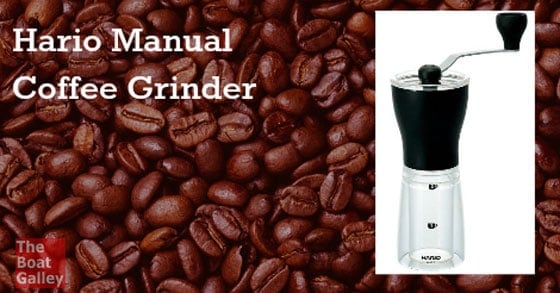
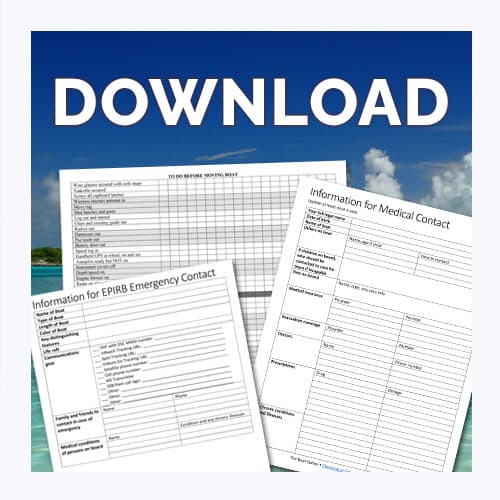



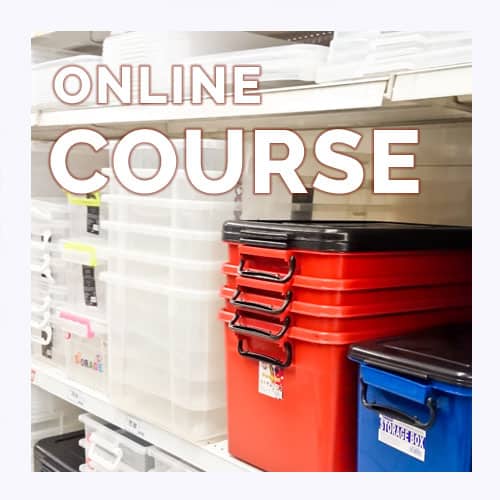

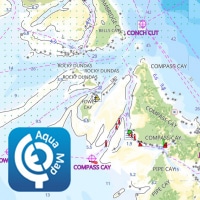
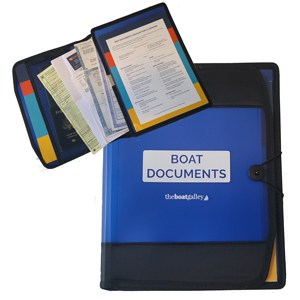

Kelley - Sailing Chance says
When I got mine it came with English instructions. I think they took the other reviews into consideration. Also to note all the parts are made from materials that will not rust which is AWESOME on the boat. I have been using mine for a few months now and have no complaints. And while it does take work to grind, keep in mind that is the point of a manual grinder and it really isn’t hard.
Carolyn Shearlock says
Thanks Kelley — super to know that it now has English instructions! And yes, non-rusting materials are always a good thing . . .
Ben (s/v CHRISTEL) says
I’ve just ordered a DANESCO 17oz manual grinder from KITCHENNICHE.CA $30
Anne Marie Nielson says
We have a Hario and it is great.
liz says
would these be good for grinding spices, dried pulses etc.?
Carolyn Shearlock says
I think so, most coffee grinders will work for spices and pulses . . . but I haven’t tried it. Don’t use the same one for coffee and spices, though — you’ll get some odd tastes!